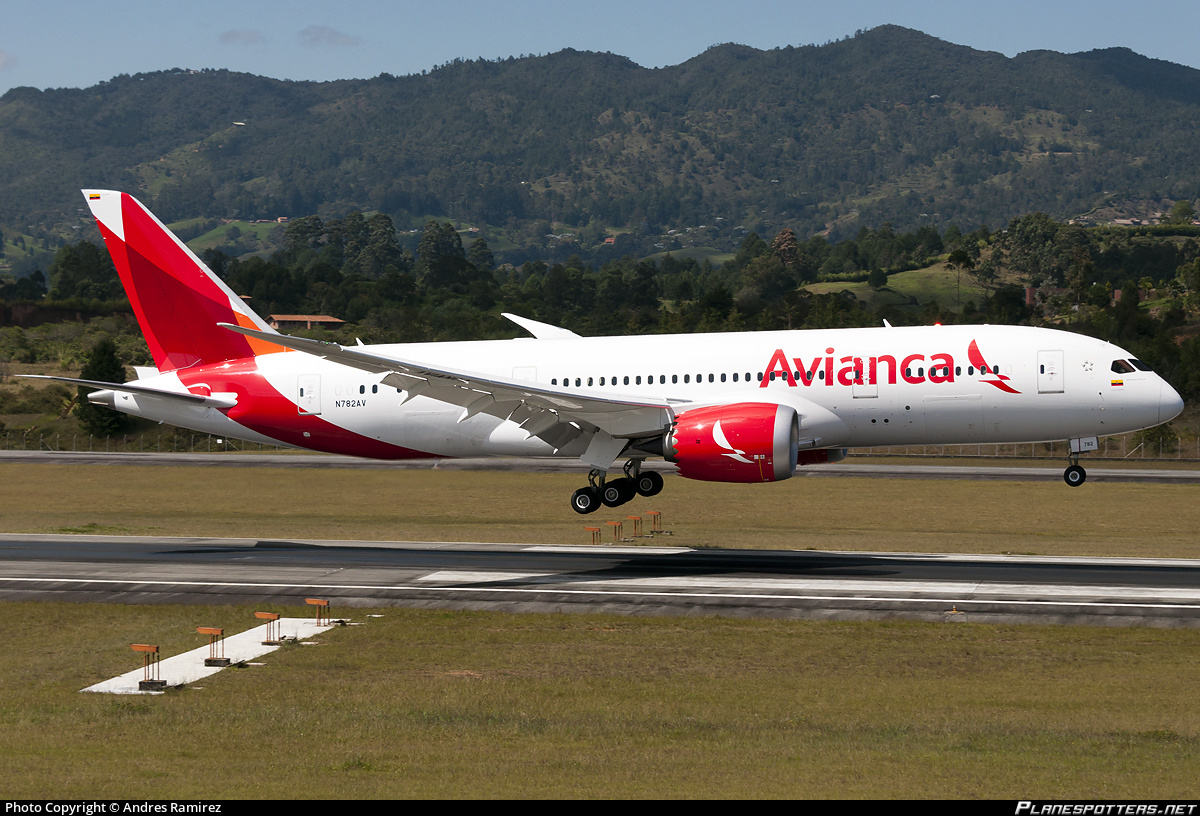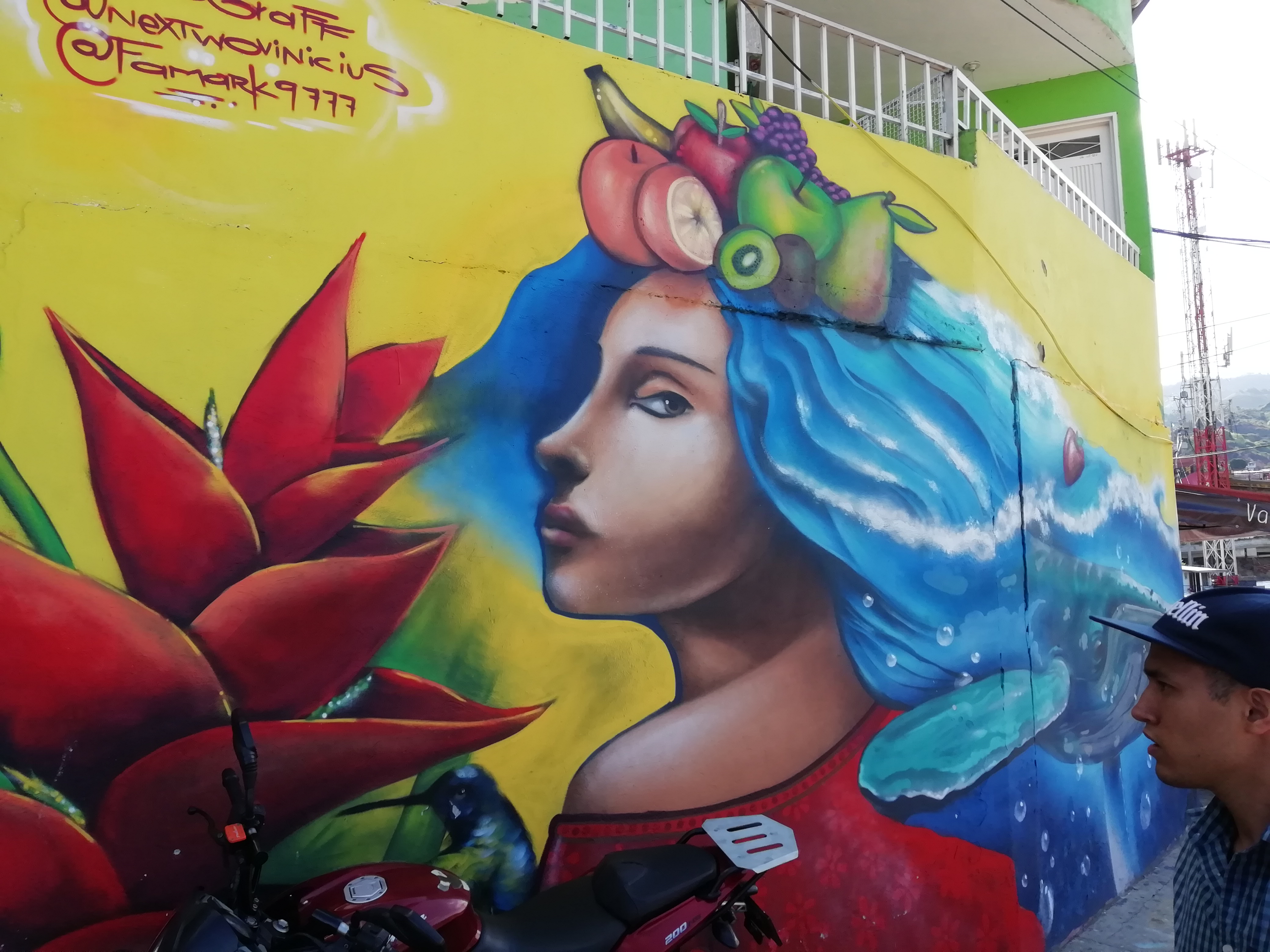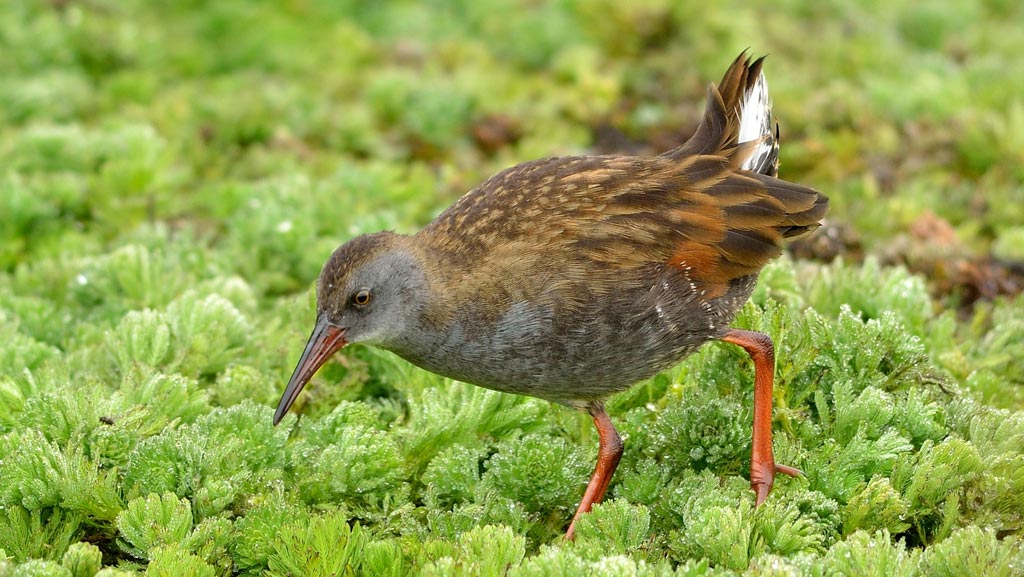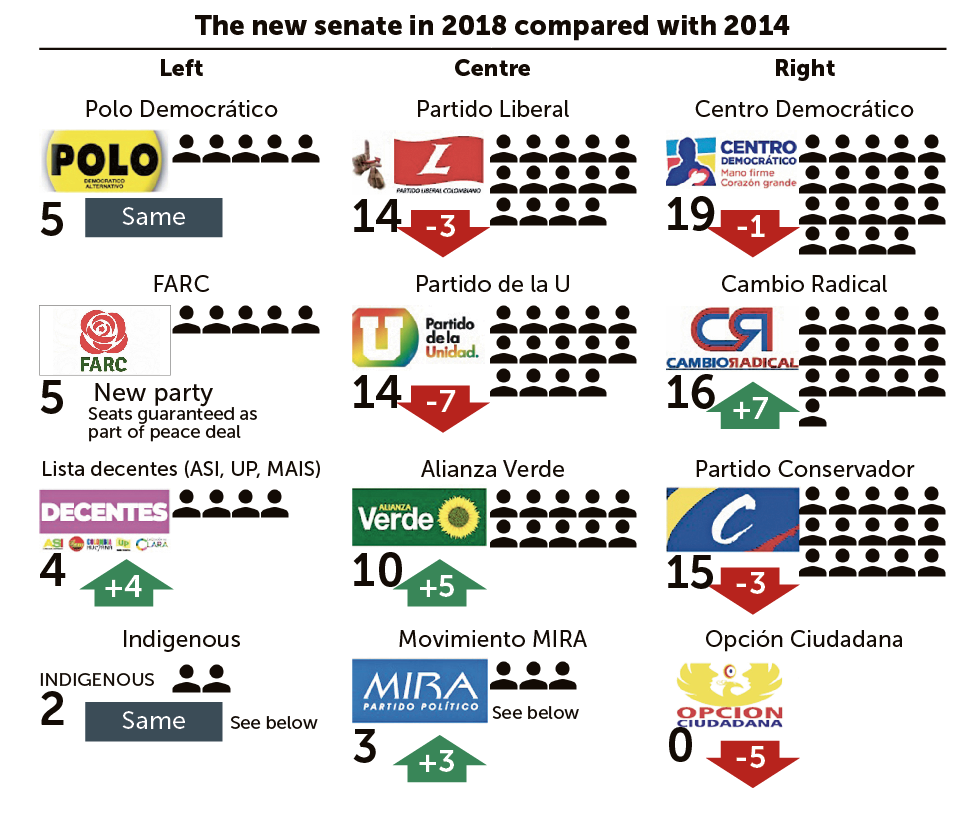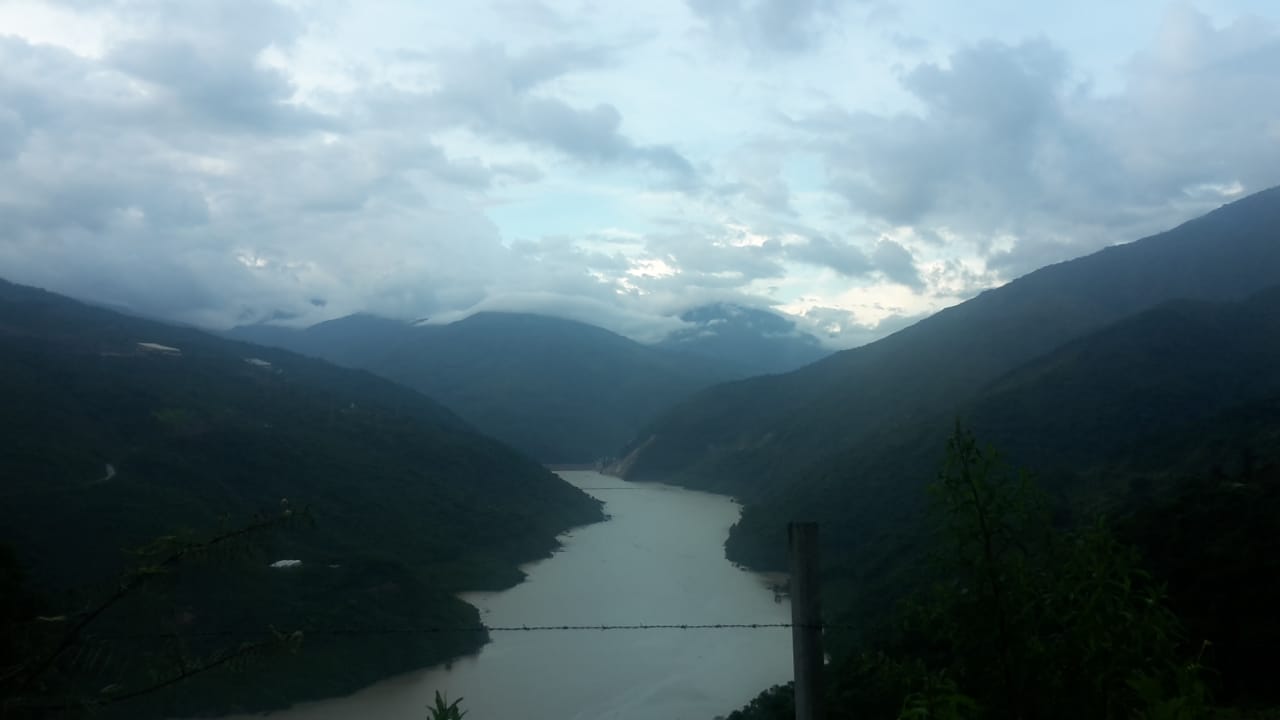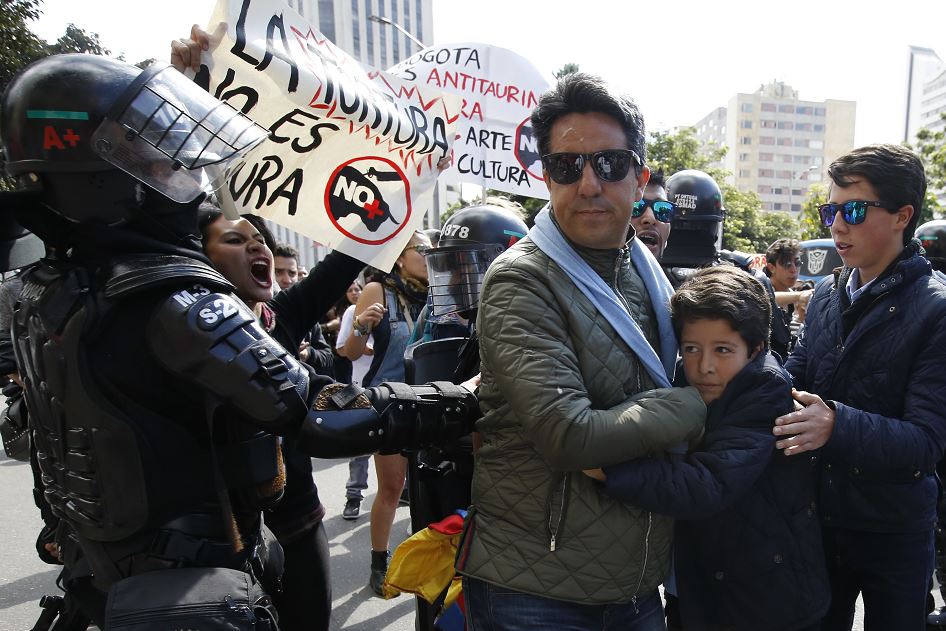
ESMAD escort taurinos into the plaza while protestors look on.
The spectacle of bullfighting is back in the capital, sparking widespread protests. As feelings run high on both sides, Kieran Duffy finds out more.
On Sunday, January 22 there were violent clashes between police and protesters as bullfighting returned to the capital. Over 10,000 spectators filed into the Plaza de Toros de Santamaria to watch the first tournament since the city’s ban on the practice was overturned. However, thousands more gathered outside to oppose the event. Amidst chants of ‘murderers’ and ‘torturers’, the protesters soon became involved in scuffles with attendees and the police. The resulting battle between the protesters and Colombia’s controversial riot police ESMAD left many injured and resulted in 18 arrests.
The police have upped their presence since that first Sunday and cordoned off large swathes of the nearby area. While the protests have continued, they have predominantly passed without violence.
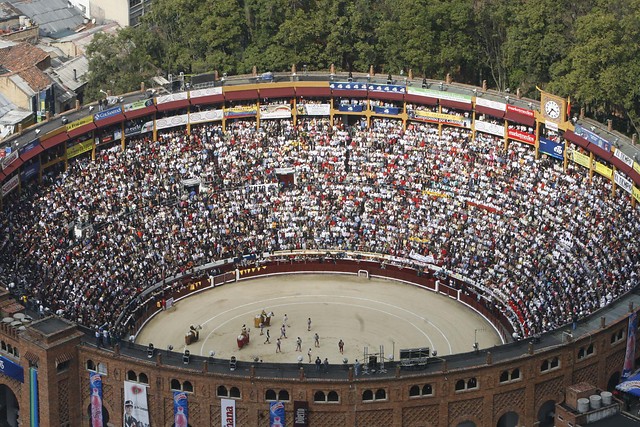
Plaza de Toros la Santamaria.
Bullfighting has a long history in the Spanish-speaking world and Colombia is no exception. Ever since it was introduced to South America in the sixteenth century, the practice has enjoyed a great deal of popularity. Indeed, Colombia was long seen as one of the most important countries in bullfighting, providing some of the most highly-regarded bulls and matadors. However, the spectacle has become increasingly controversial around the world as animal-rights advocates have called for its abolition. The Panamanian government has banned bullfighting, while others have increasingly regulated the practice.

People gathered to demonstrate peacefully outside the plaza del toros.
In Colombia attendance at bullfights has long been in decline and protests against the tournaments have become more common. Feelings run high on both sides: When former Bogotá mayor Gustavo Petro banned the practice within city limits in 2012, he faced backlash from those who watch and practise bullfighting. Matadors threatened hunger strikes and fought the decision in court.
Following the 2015 constitutional court ruling, Petro (ever the firebrand) kicked the issue into the long grass by claiming nothing could happen until the arena had been repaired. But his successor, Enrique Peñalosa, said that while he did not agree with bullfighting, he had no choice but to accept the ruling. That meant he could not prevent the six week fighting season that began in January, and must now wait for a decision from congress that may come in March.
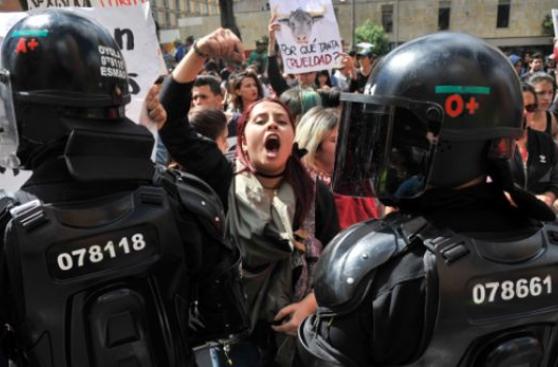
A protester shows her disdain for the event.
Bullfighting advocates were of course overjoyed by its return to the capital. The sport has many wealthy and powerful backers and the arena has long been a gathering place for the Colombian elite and influential figures. The sport’s return to Bogotá attracted personalities such as former Investigator General Alejandro Ordoñez, Minister of the Interior, Aurelio Iragorri Valencia, former adviser to Uribe Fabio Echeverry, journalist and writer Germán Castro Caycedo and former Bogotá mayor, Jaime Castro.
Many travelled from other cities and even from neighboring countries. Rafael Oliart of El Centro Taurino de Lima came from Peru to witness the event. He said that it was “a triumph of culture and tradition. The drought of bullfights in Bogotá was very regrettable. We respect those who oppose but we demand the same respect towards us.”
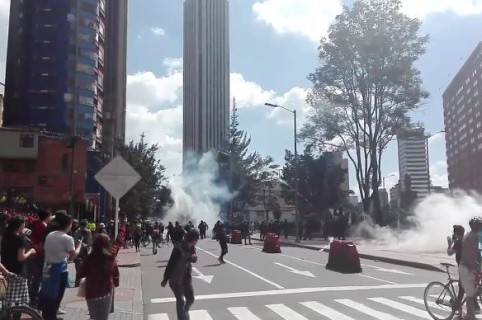
As the day wore on, the ESMAD riot police tried to disperse the crowd by firing tear gas.
The protesters gathered outside did not share his enthusiasm. Tensions rose as spectators began to enter the arena. Ángela Forero-Aponte, who attended the protest, spoke to The Bogotá Post about what she witnessed. She feels that the police handled the situation very badly and turned a mostly peaceful march into violent affair. “Tear gas was thrown at a crowd of people for no reason. I saw protesters screaming in the taurinos’ ears and a taurino trying to punch a protester. Upon seeing this, the police took the side of the taurino. I told them off by saying that the job of the police is not to defend either party but to mediate the situation.”
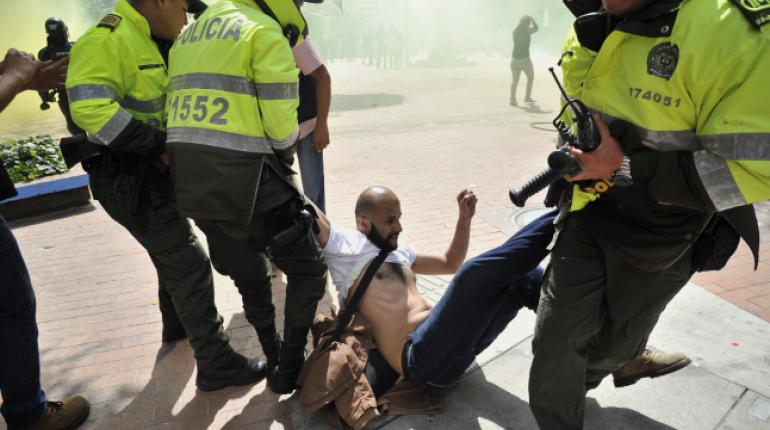
The day left many people injured and 18 detained by police.
She went on to say that the police reaction was influenced by the exclusive nature of the event: “There was big support from the police for the powerful people who were attending the event. Police are supposed to defend and protect citizens, bullfighting goers and protesters alike, as well as the innocent ciclovia-goers who were passing along the septima. I also think it is very unfair and inaccurate that the protesters are portrayed as violent when the vast majority are not.”
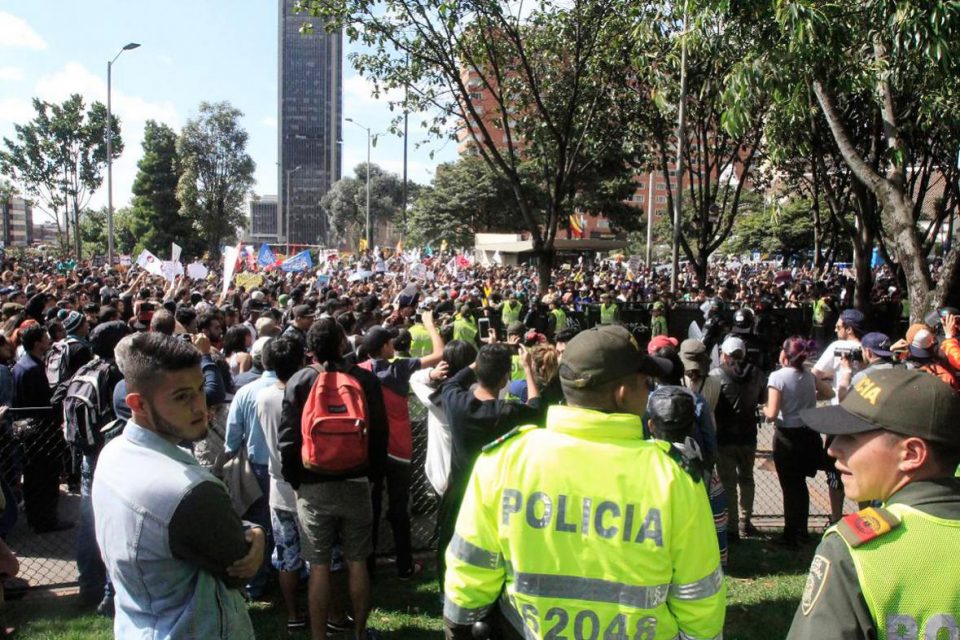
Thousands gathered outside the plaza de toros to protest the renewing of bullfighting in the city.
Petro was in attendance at the march and Peñalosa later blamed him for inciting the violence. The current mayor also claimed that he would prevent any further protests at the bullfighting arena, a heavy-handed statement that he later rescinded following a barrage of criticism. Nevertheless, in the following week, the police presence around the bullring had been increased to 3,200 to protect spectators.
And while the numbers of people both in the audience and at the protests outside have declined since the season’s dramatic start, it looks like both groups will continue to make their presence felt in the coming weeks.
The earliest that congress will reach a decision will be March – after the end of this year’s season – and in the meantime there almost certainly be more clashes inside and outside the city’s iconic arena.
By Kieran Duffy

